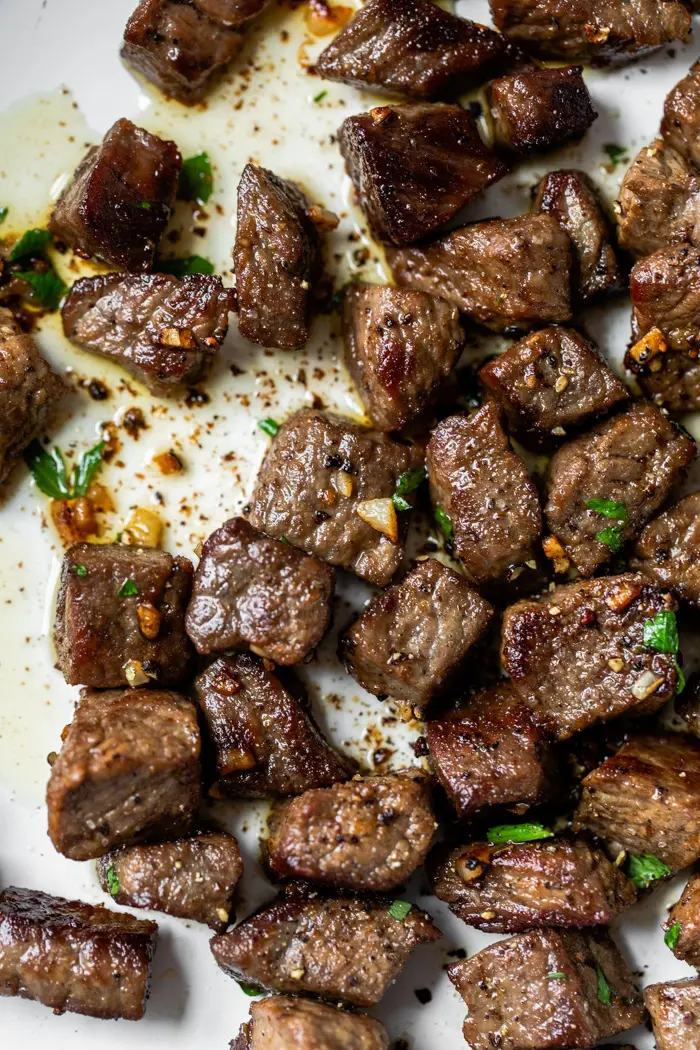From Ranch to Table: Fresh and Premium Meat Choices
The journey of meat from ranch to table encapsulates an intricate interplay of top quality, values, and sustainability. This shift not just enhances the dietary account of meat yet likewise sustains neighborhood economic situations.
Understanding Meat Sourcing
As consumers end up being increasingly knowledgeable about the beginnings of their food, comprehending meat sourcing has obtained critical value. Meat sourcing involves tracing the trip of meat from ranch to table, encompassing different variables such as farming practices, animal well-being, and ecological impact. This understanding equips customers to make informed choices that line up with their worths, specifically concerning sustainability and honest factors to consider.
The sourcing of meat can differ considerably based on several standards, consisting of the sort of animals, farming methods, and geographical location. As an example, grass-fed beef usually originates from pasture-based systems that promote animal welfare and decrease environmental deterioration. Alternatively, standard meat might entail extensive farming techniques that elevate problems pertaining to antibiotic usage and environment devastation.
Knowing the details ranch or region where the meat stems aids consumers ensure top quality and security. Ultimately, recognizing meat sourcing not just enhances customer option but additionally promotes responsible usage and supports moral farming methods.
Advantages of Fresh Meat
Selecting fresh meat provides numerous benefits that extend past flavor and structure. Fresh meat usually retains greater nutritional worth contrasted to its icy or processed equivalents. It is commonly richer in important vitamins and minerals, such as B vitamins, iron, and zinc, which are critical for preserving total health and wellness.
Moreover, the sourcing of fresh meat typically involves shorter supply chains, reducing the time in between ranch and table. This indicates that the meat is much less likely to shed its nutritional stability during transport and storage space. Furthermore, customers can experience enhanced taste and juiciness, which can boost culinary experiences.
Fresh meat likewise gives an opportunity for consumers to sustain neighborhood farmers and promote sustainable agricultural techniques. When buying from neighborhood sources, individuals can contribute to their neighborhood economy and promote a greater link to the food they eat.
Last but not least, fresh meat is generally without the preservatives and additives generally located in refined choices. This makes it a cleaner, much healthier alternative for those aiming to reduce their consumption of fabricated components. On the whole, the benefits of selecting fresh meat encompass health, taste, and a sense of community engagement.
Animal Well-being Standards
Guaranteeing high pet well-being requirements is necessary for both honest considerations and the top quality of meat products. The therapy of animals directly affects not only the moral ramifications of meat production yet likewise the total high quality and safety of completion products. Pets raised in gentle conditions additional reading are much less stressed out, bring about much healthier pets and, as a result, superior meat top quality.
Regulations and qualifications concerning pet welfare have actually become progressively significant in the meat market. These structures guarantee pets are offered with ample space, appropriate nourishment, and humane handling throughout their lives. Practices such as pasture-raised systems and free-range atmospheres add to better pet well-being by allowing pets to show natural habits, which is critical for their wellness.
In addition, consumers are ending up being more discerning pertaining to the sources of their meat, causing a growing demand for products that follow stringent animal welfare criteria. This change not only promotes honest farming methods yet also motivates manufacturers to take on measures that enhance the health and wellness and well-being of their pets. Meat. Ultimately, prioritizing animal well-being is not simply an ethical imperative; it is also a pathway to you can try these out creating premium-quality meat that satisfies customer assumptions

Lasting Farming Practices
Sustainable farming methods play a crucial duty in enhancing both animal welfare and the top quality of meat items. By implementing rotational grazing, farmers can promote healthy field ecological communities, allowing animals to feed on nutrient-rich turfs while stopping overgrazing.
In addition, lasting farming often incorporates integrated bug administration and natural feed alternatives, decreasing using damaging chemicals. This strategy not just safeguards animal health yet additionally causes cleaner, more secure meat products for consumers. Water conservation techniques, such as rainwater harvesting and efficient irrigation systems, further add to sustainable methods, making sure that next page resources are used sensibly.
Furthermore, fostering biodiversity through polyculture systems and preserving habitats for wild animals boosts the strength of farming ecological communities. By focusing on these lasting techniques, farmers can create premium meat that meets consumer need while advertising environmental balance. Ultimately, embracing sustainable farming practices is vital for producing a more liable and resistant food system that profits pets, farmers, and consumers alike.
Picking High Quality Over Quantity
Regularly, customers are encountered with the predicament of picking in between quantity and high quality when it pertains to meat items. While buying bigger amounts might seem financially useful, the lasting benefits of picking premium meat much exceed the prompt cost savings. Quality meat is often sourced from pets raised in lasting settings, where they are provided proper nutrition and treatment, resulting in remarkable flavor and dietary worth.
High-quality meats are generally devoid of damaging additives, hormonal agents, and anti-biotics that are typically present in mass-produced alternatives (Meat). This not just ensures a healthier dining experience but additionally supports ethical farming techniques that focus on animal welfare. In addition, premium meats have a tendency to have a far better texture and flavor, improving the total cooking experience
Purchasing high quality meat urges customers to appreciate smaller parts, permitting a more mindful method to consuming. This change not just impacts personal health positively however additionally advertises lasting consumption patterns that can benefit the atmosphere. Finally, focusing on top quality over amount when selecting meat products fosters a more responsible and health-conscious way of life, eventually enhancing both the eating experience and the world.
Final Thought
:max_bytes(150000):strip_icc()/steak_chorizo_potato_kabobs_ft_060-2000-e4f0292c3cd8445aa917d8e557869729.jpg)